Membrane Transporter/Ion Channel
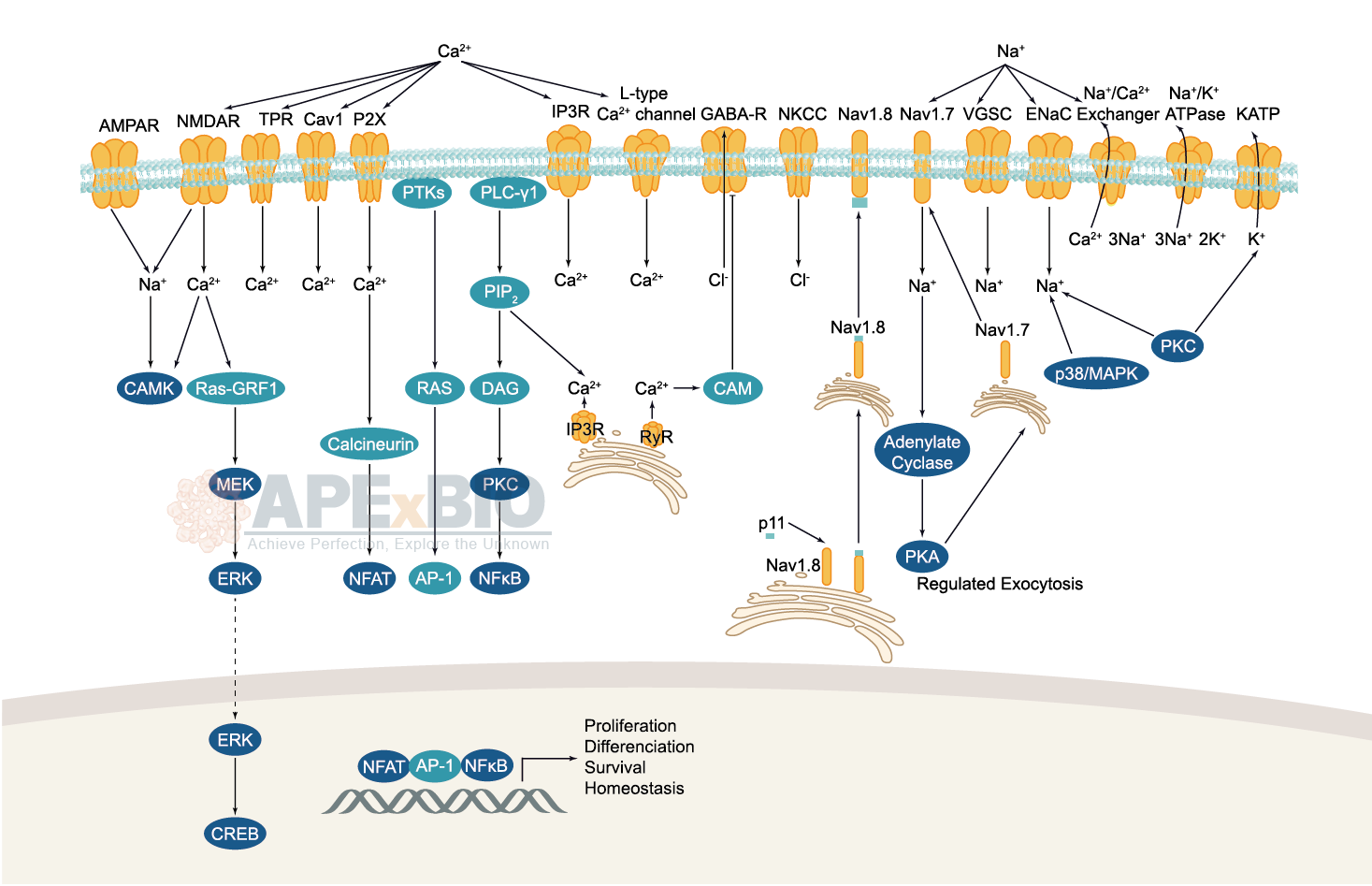
Ion channels are pore-forming membrane proteins which allow the flow of ions across the membrane. The ion channels can be broadly grouped into six families including calcium channels, chloride channels, potassium channels, sodium channels, gap junction proteins and porins. Not all ion channels are gated, such as certain type of K+ and Cl– channels, transient receptor potential superfamily of cation channels, the ryanodine receptors and the IP3 receptors, but most Na+, K+, Ca2+ and some Cl– channels are all gated by voltage. Ligand-gated channels are regulated in response to ligand binding (e.g. neurotransmitters signaling). These ligand-gated neurotransmitter receptors are known as ionotropic receptors. Various neurotransmitters couple to ionotropic receptors such as glutamate, acetylcholine, glycine, GABA, and serotonin.
-
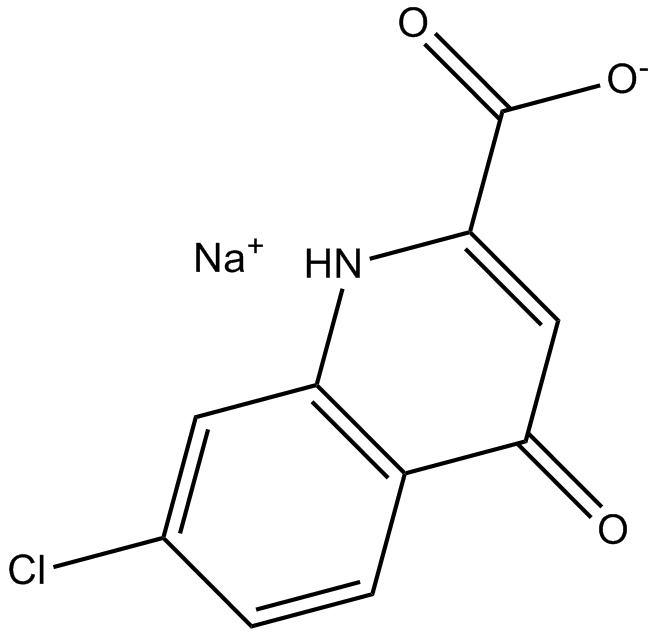 B7477 7-Chlorokynurenic acid sodium saltSummary: NMDA receptor antagonist acting at the glycine site
B7477 7-Chlorokynurenic acid sodium saltSummary: NMDA receptor antagonist acting at the glycine site -
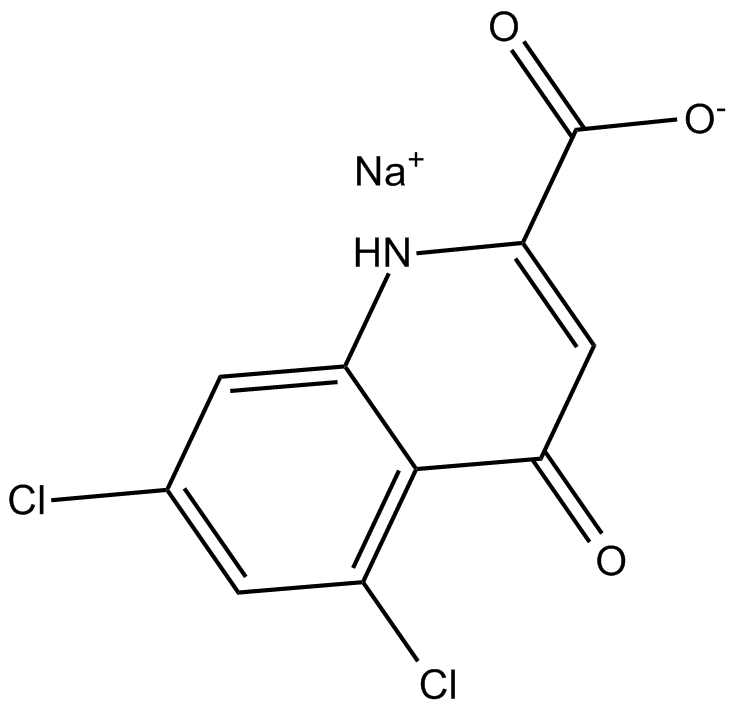 B7478 5,7-Dichlorokynurenic acid sodium saltSummary: NMDA receptor antagonist
B7478 5,7-Dichlorokynurenic acid sodium saltSummary: NMDA receptor antagonist -
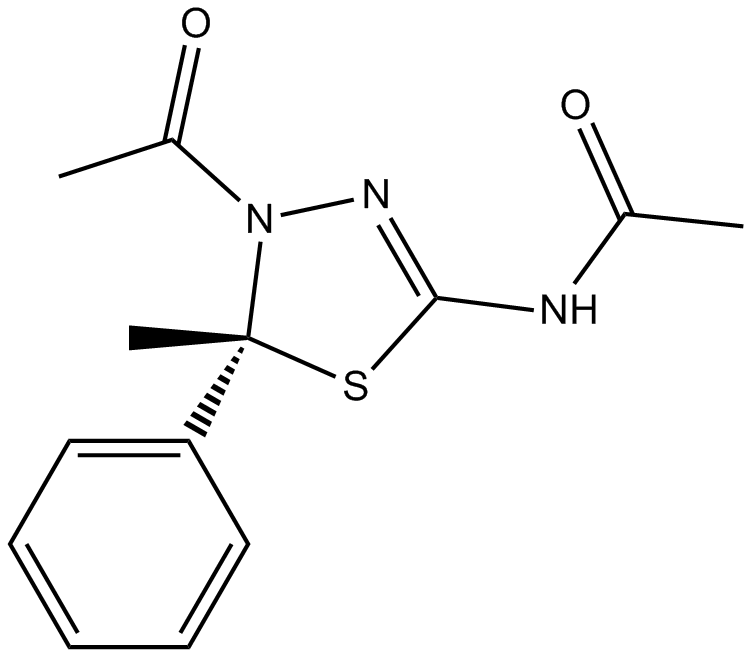 B7480 K 858Summary: mitotic kinesin Eg5 inhibitor
B7480 K 858Summary: mitotic kinesin Eg5 inhibitor -
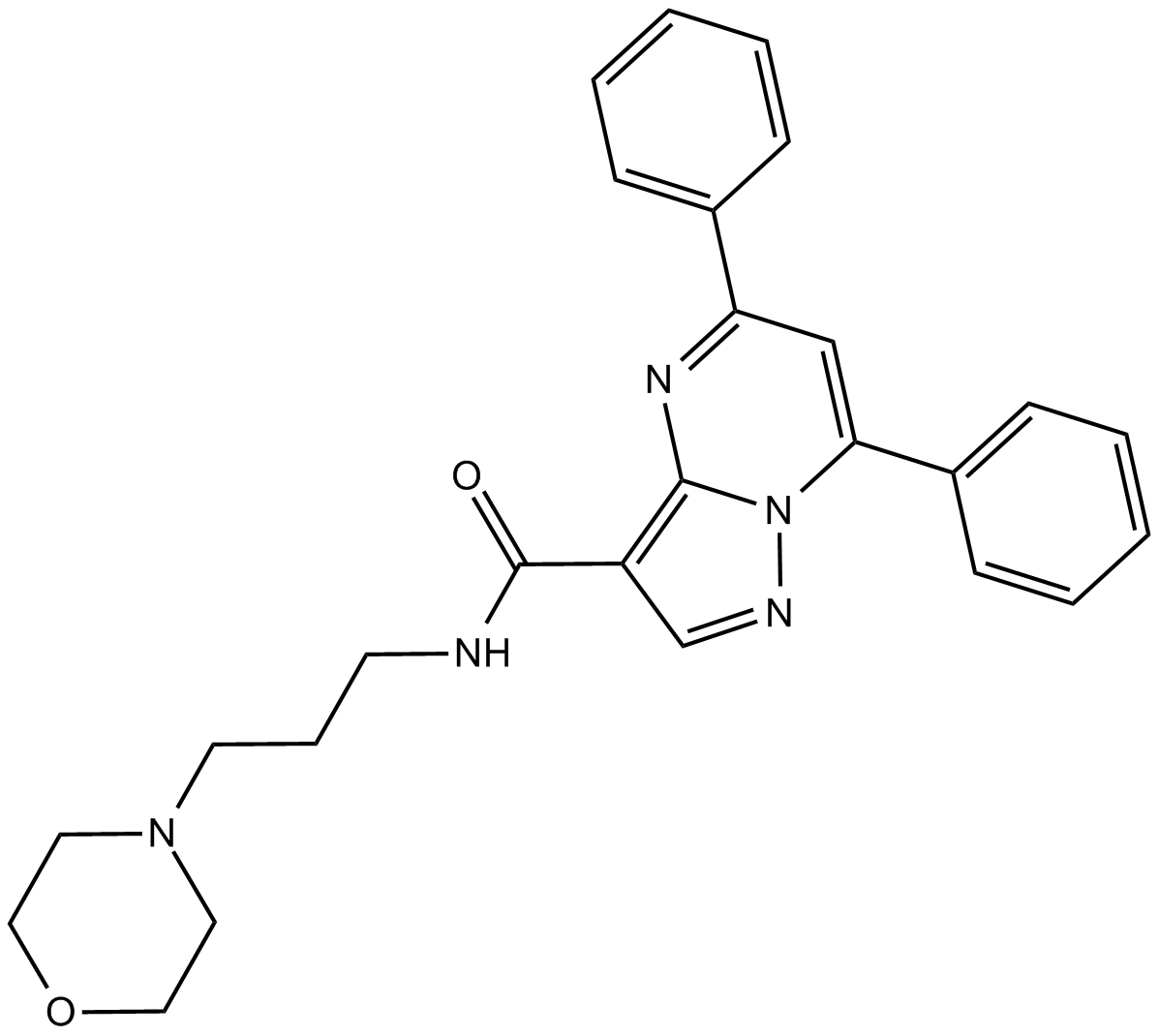 B7485 ReversanSummary: inhibitor of multidrug resistance-associated protein 1 (MRP1) and P-glycoprotein (P-gp)
B7485 ReversanSummary: inhibitor of multidrug resistance-associated protein 1 (MRP1) and P-glycoprotein (P-gp) -
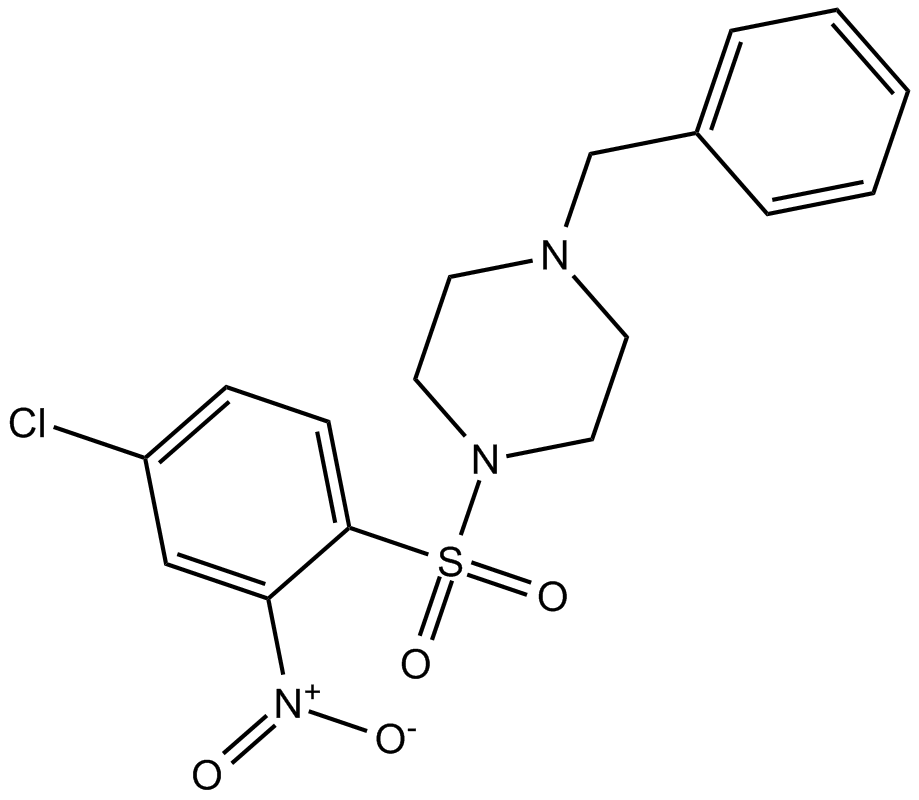 B7492 RN 1747Summary: TRPV4 agonist
B7492 RN 1747Summary: TRPV4 agonist -
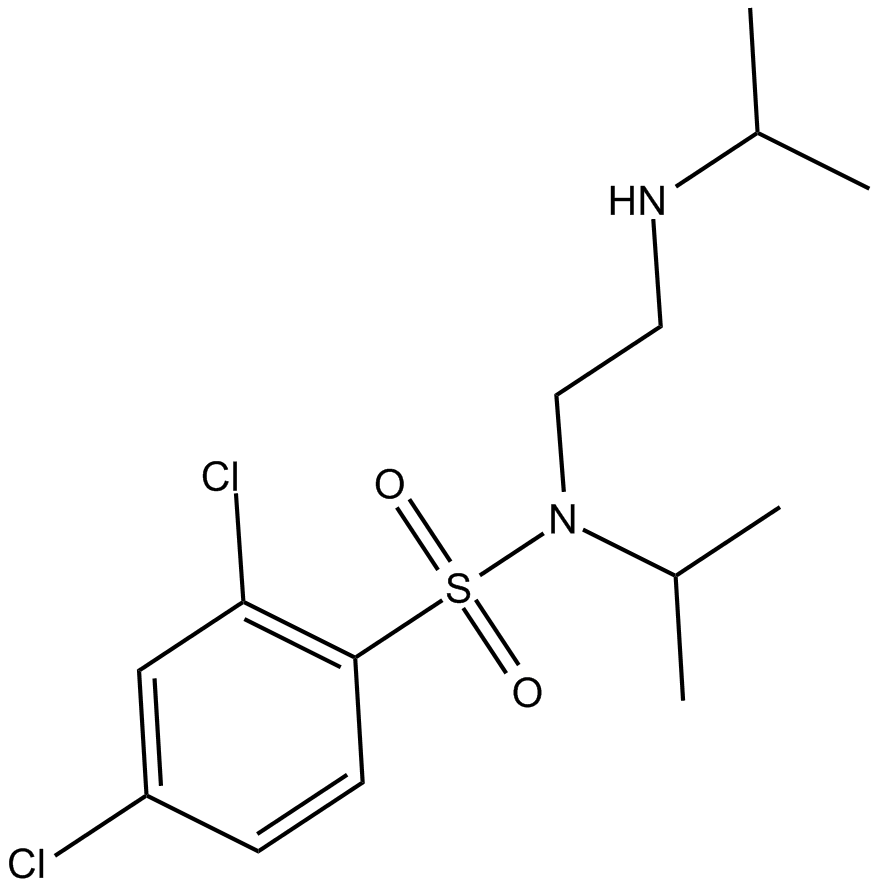 B7493 RN 1734Summary: TRPV4 antagonist
B7493 RN 1734Summary: TRPV4 antagonist -
 B7494 Pyr3Summary: canonical transient receptor potential channel 3 (TRPC3) antagonist
B7494 Pyr3Summary: canonical transient receptor potential channel 3 (TRPC3) antagonist -
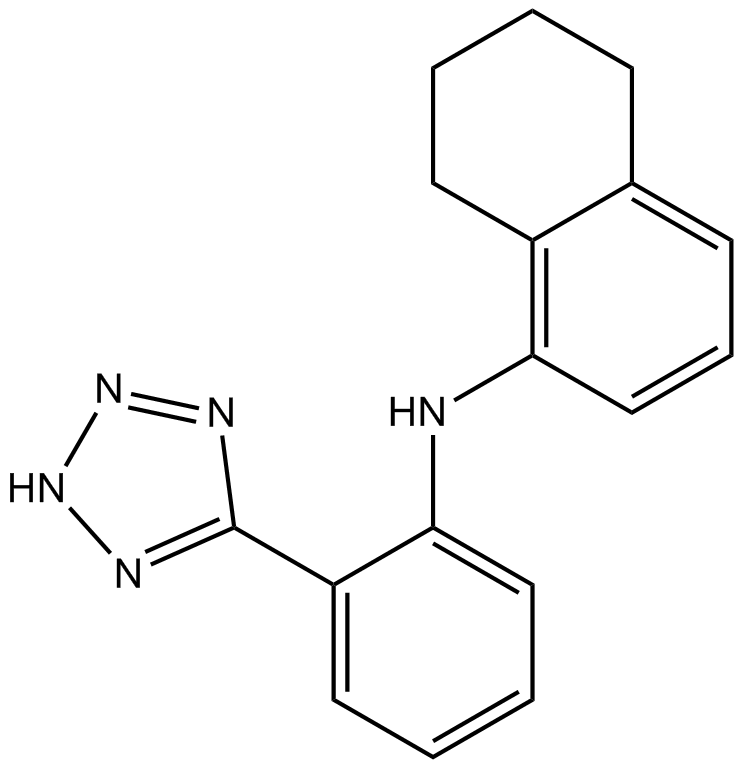 B7500 BL 1249Summary: K2P2.1 (TREK-1) channel opener
B7500 BL 1249Summary: K2P2.1 (TREK-1) channel opener -
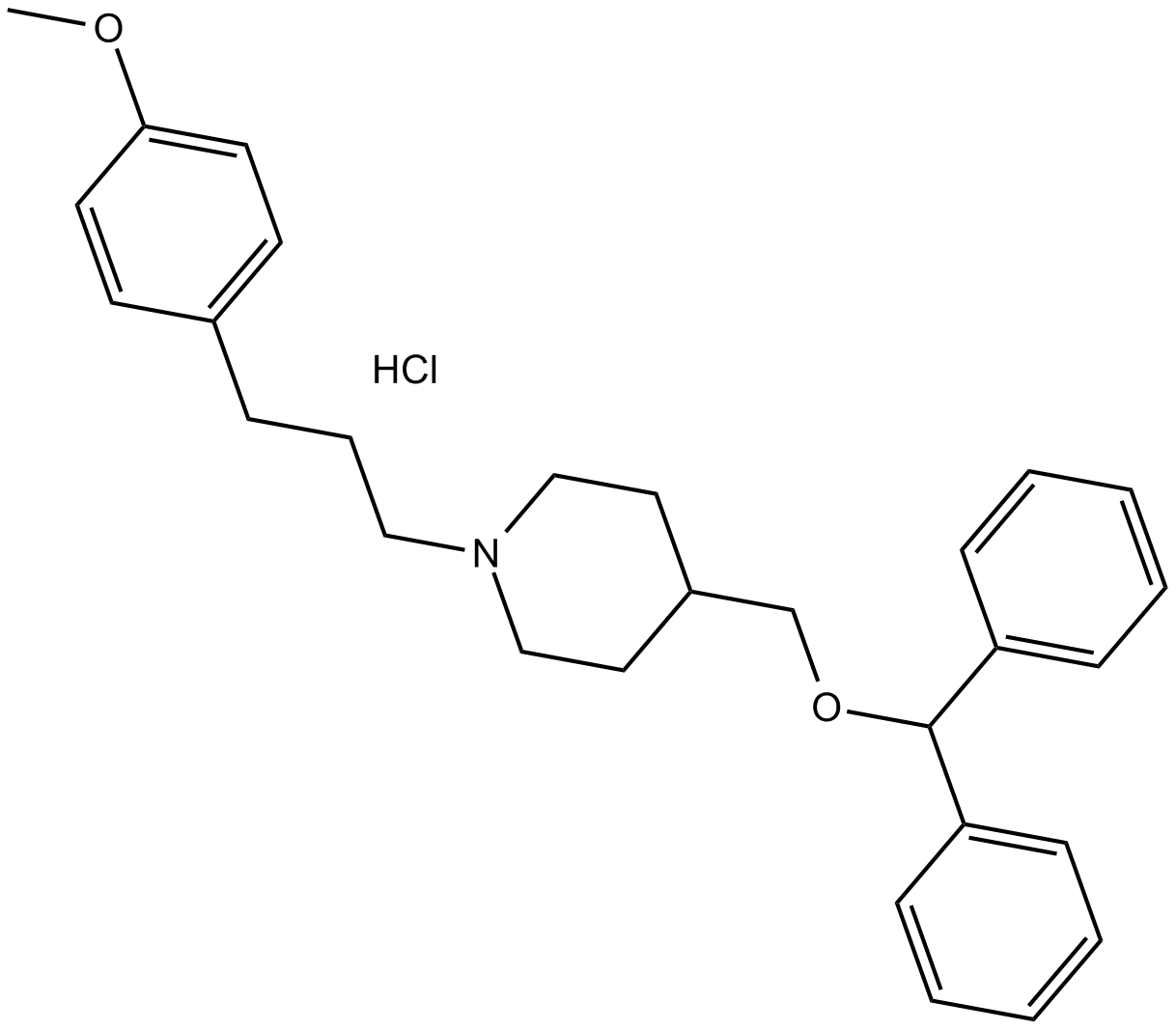 B7507 UK 78282 hydrochlorideSummary: KV1.3 and KV1.4 voltage-gated potassium channel blocker
B7507 UK 78282 hydrochlorideSummary: KV1.3 and KV1.4 voltage-gated potassium channel blocker -
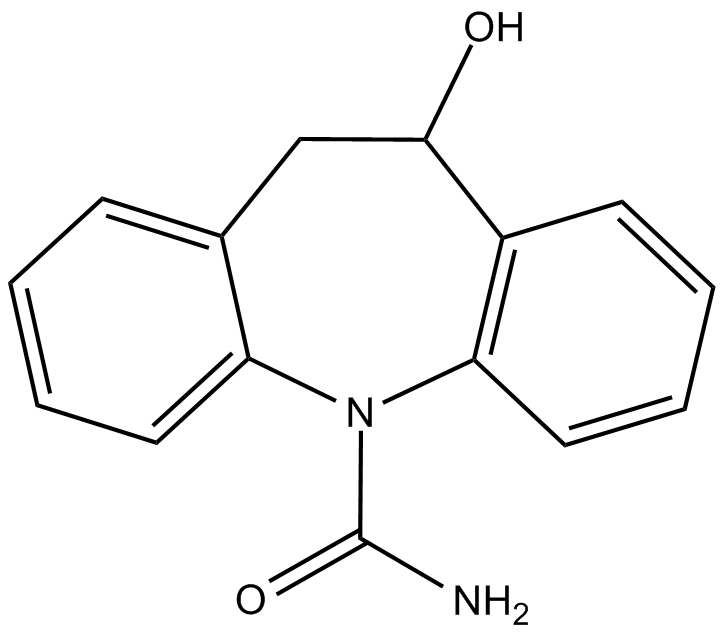 B7517 LicarbazepineSummary: voltage-gated sodium channel blocker
B7517 LicarbazepineSummary: voltage-gated sodium channel blocker

